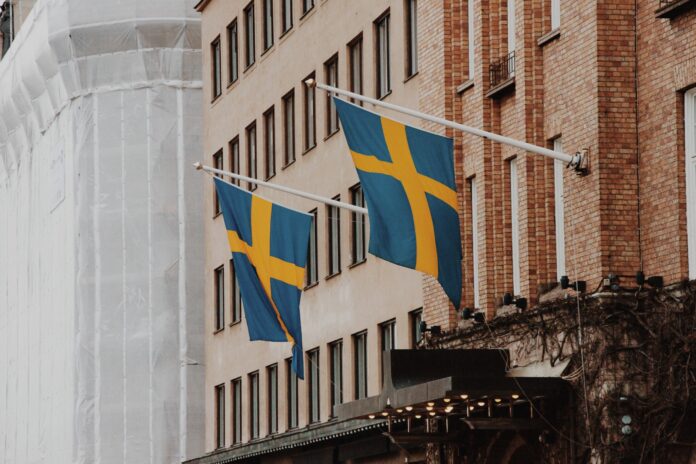![]()
On Wednesday, September 14, Swedish Prime Minister Magdalena Andersson resigned after her party lost Sweden’s recent general election. Citizens of Sweden remained on edge for several days as the Sunday election’s results were too close to call between the ruling Social Democrats’ left-wing alliance and an insurgent right-wing bloc, which includes the nationalist Sweden Democrats.
The Social Democrats have governed Sweden in a coalition with other center, center-left, and left-wing parties since 2014. Both prime ministers since then, Stefan Löfven and Magdalena Andersson, have come from the the Social Democratic Party. Löfven was a trade unionist before becoming its leader, while Andersson was an economist and former finance minister who succeeded him in 2021. Andersson was also Sweden’s first female head of government.
She had a reputation among many as a competent and even-handed administrator, but Andersson’s short tenure as PM was marred by rising gang-related crime, which many in Sweden blame on a lack of assimilation among Sweden’s substantial immigrant community. Another issue at play were rapidly rising energy costs, made worse by Russia’s cutting off energy supplies. This was partly done in retaliation for Sweden’s joining NATO, a decision undertaken by the Andersson administration. NATO entry was also opposed by eurosceptic voices from the socialist Left Party, dividing the left-of-center bloc going into the election. These cleavages left the Social Democrats at a disadvantage and Andersson vulnerable as Swedes went to the polls on Sunday.
Ulf Kristersson, head of the Moderate Party, led the opposition in parliament during Andersson’s tenure. The Moderates are Sweden’s mainstay center-right party and the third largest party in the Riksdag. However, the Moderate Party and Kristersson’s hold on right-wing Swedish politics have come under intense pressure from the Sweden Democrats and their leader Jimmie Åkesson.
Though initially founded in 1988 and heavily influenced by white nationalism and fascist ideology, the Sweden Democrats quickly acted to purge these elements in the 1990s and 2000s before entering the mainstream of Swedish politics. The machinations to purge these extreme elements have worked for the party, which has increased its vote share in every election in which it has participated. Moreover, Jimmie Åkesson, party leader since 2005, has taken the Sweden Democrats from the fringe to the Riksdag’s second largest party by moderating its hardline positions and insisting on a more professional tone.
Åkesson’s success culminated with last Sunday’s election, in which the Sweden Democrats overtook the Moderates as Sweden’s largest right-wing party. The right-of-center bloc, including the Moderates, Sweden Democrats, Liberals, and Christian Democrats, won 176 seats—just north of the 175 needed to control the parliament.
Even so, there are limits to Åkesson’s influence. He is unlikely to be PM, as many parties are wary of governing in coalition with the Sweden Democrats because of the party’s troubling history. This sentiment is shared by much of the Swedish public. In one broadcast, travel consultant Malin Ericsson said at a voting station in central Stockholm, “I’m fearing very much a repressive, very right-wing government coming.”
The decree to which these fears will come to pass is unclear, however. The role of prime minister will probably fall to Kristersson, whose moderate approach makes it more likely he will pass the Swedish parliament’s vote of confidence necessary to be prime minister. Kristersson was quoted as saying, “I am ready to do all I can to form a new, stable, and vigorous government for the whole of Sweden and all its citizens.”
Though the Moderates will officially serve as the governing party, they will require support from the Sweden Democrats to stay in power, giving the nationalists substantial influence as “kingmakers” and signaling a broader change within the Swedish right. If Kristersson’s government cannot provide effective solutions to citizens’ concerns about public safety, energy, and rising prices, it is likely the Sweden Democrats’ relative standing will further increase among right-wing voters, continuing a decades-long trend of rising populism.












